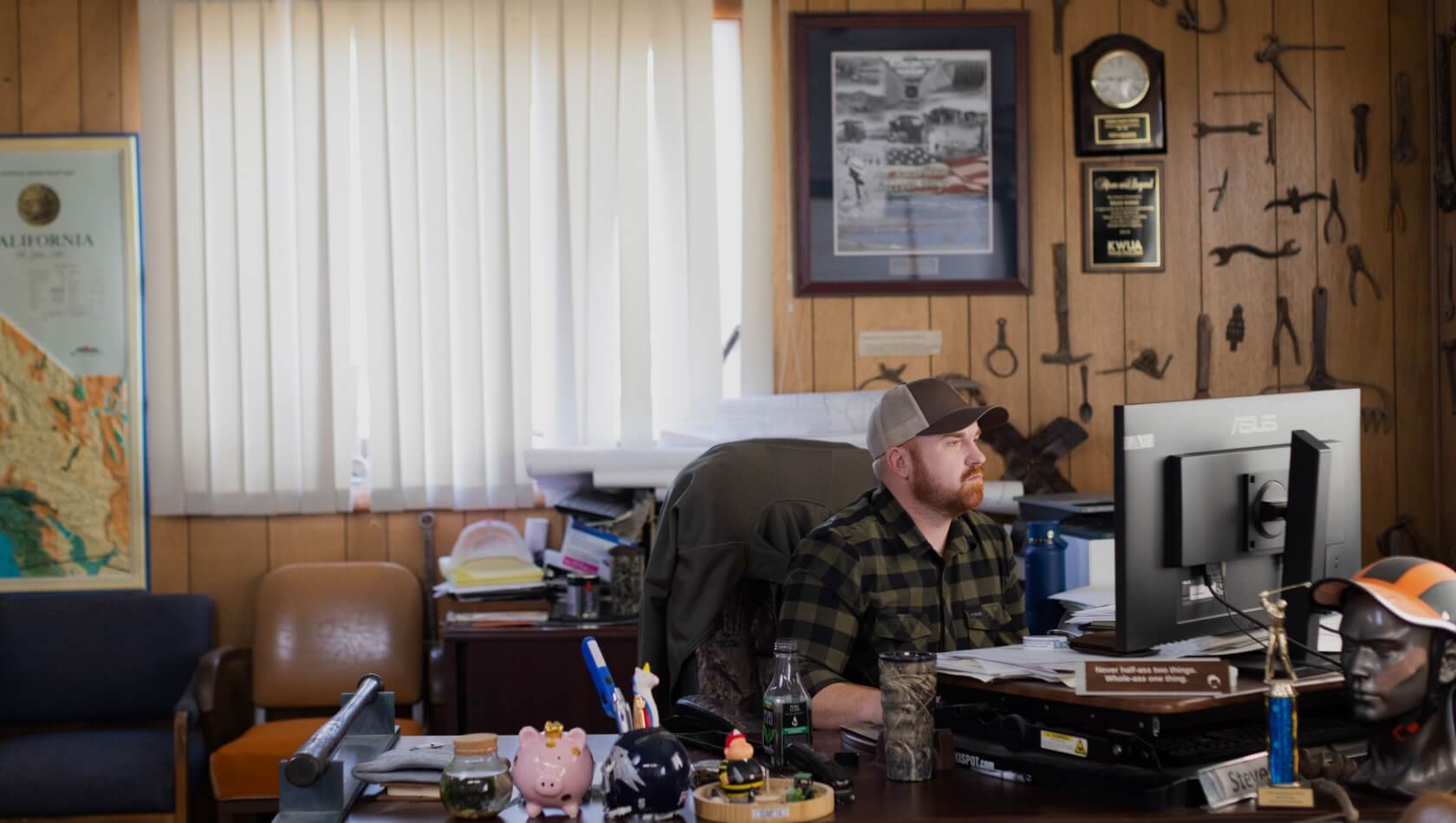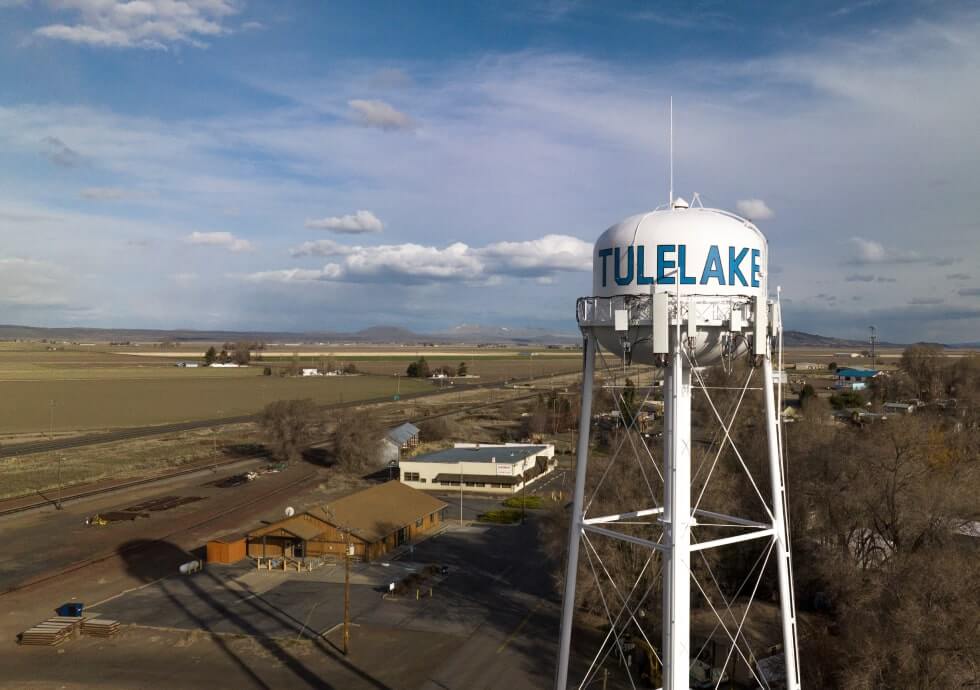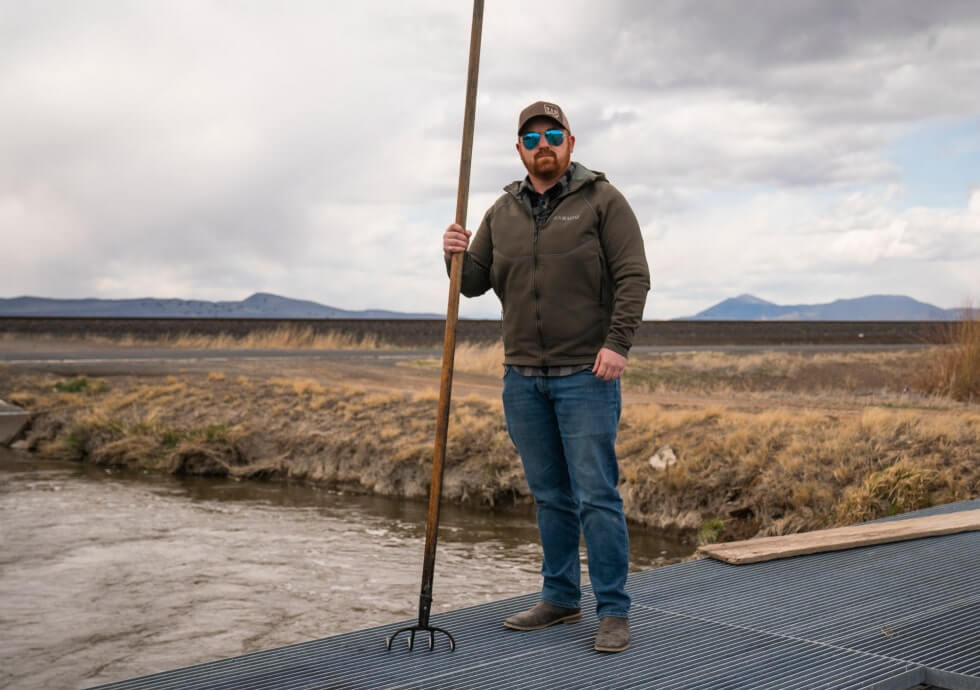District Manager Brad Kirby saves on O&M with the remote capabilities of SCADA (Supervisory Control and Data Acquisition)
“I lucked into my dream job,” Brad Kirby says. “I think I was meant to do what I do. I love managing water.”
Kirby grew up in the Tulelake basin, hunting, fishing, and exploring the wetlands, farms, and canals that comprise the vast former lake bed south of the Klamath Basin. Irrigation in the Klamath is a complex engineering system created over a hundred years ago by the Bureau of Reclamation. The Tulelake Irrigation District rests at the bottom of the system, with a complex matrix of canals and pumps that not only provide irrigation water from much higher up in the watershed but also capture excess water to be reused on fields. The task of managing that water in the most efficient manner possible falls to Kirby and his staff of pump crews and ditch riders.

“I started here in 2010, and I’ve had the privilege of being able to go out and learn the system,” Kirby says. “And not just on paper in the water office, but out looking around and driving the ditches so I can tie that spreadsheet and those numbers to the actual structures and facilities we have.”
Knowing a system so intimately in order to make critical water delivery decisions is time-consuming. For years, two to three times a day and again at night, Kirby would drive a long loop through the district, eye-balling levels and head gates to determine the best course of action for water delivery.
 The town of Tulelake, CA sits just south of the Oregon border and at the downstream end of the Klamath Basin Project.
The town of Tulelake, CA sits just south of the Oregon border and at the downstream end of the Klamath Basin Project. A duck blind and photo observation deck overlooks the Tulelake National Refuge, which is now dry due to lack of water allocation.
A duck blind and photo observation deck overlooks the Tulelake National Refuge, which is now dry due to lack of water allocation. Brad Kirby on his daily maintenance route through the district.
Brad Kirby on his daily maintenance route through the district.
“This SCADA system that we’ve upgraded to has opened the door to a world of modernization concepts.”
Brad Kirby, Tulelake Irrigation District District Manager
For Kirby and Tulelake, the ability to use new technology to better “see” the district saves hundreds of hours of operations and maintenance time and allows them to deliver water more efficiently. This technology also gives Kirby time to focus on more opportunities for modernization.
“My goal is to be able to manage every single molecule of water in the system,” Kirby says. “I don’t know how possible that is. But that’s my never attainable goal. This SCADA system that we’ve upgraded to has opened the door to a world of modernization concepts.”
